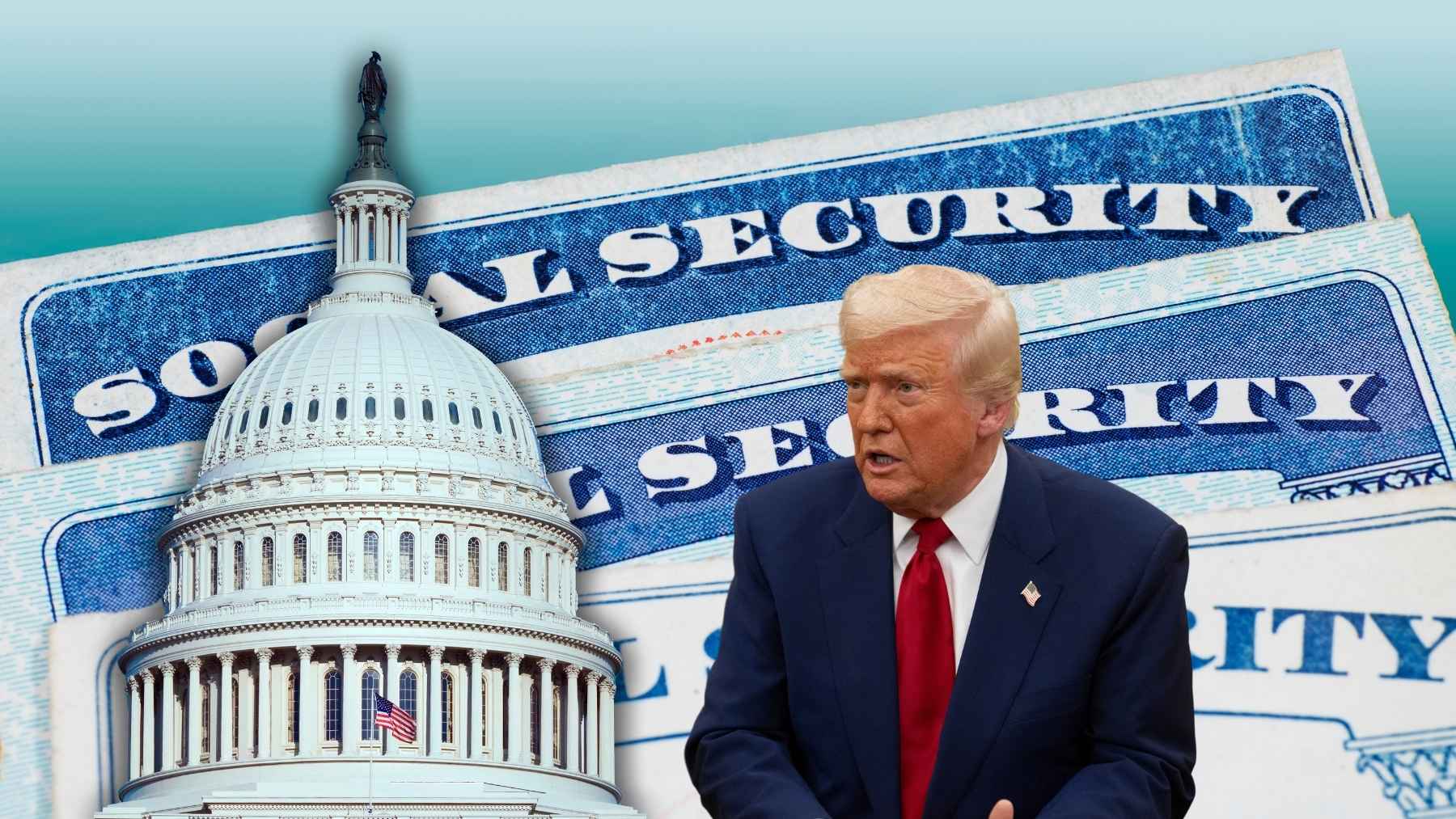Is this the end of Social Security as we know it? Millions of Americans are asking this question amid talks of the government’s privatization plan. While privatizing Social Security might enable you to have more control over your retirement benefits, experts warn that doing so could have serious consequences, particularly for vulnerable Americans.
What is Social Security Privatization?
Social Security privatization means replacing the current system, where workers pay into Social Security through payroll taxes and later receive guaranteed monthly benefits, with a system where individuals can invest a portion of their payroll taxes in private accounts, such as mutual funds and stocks.
Privatization would shift responsibility from the government to the individual. Although it could lead to higher returns in theory, experts warn that it may also be highly risky and it could put many retirees in financial jeopardy if anything went wrong.
Market Volatility Is a Serious Threat
One of the biggest concerns about the privatization of Social Security is investing in mutual funds and stocks, given market volatility. Unlike the current system, which offers predictable monthly checks, private investments are subject to market ups and downs.
If the market crashes near your retirement date, your savings could be hit just when you need them most. Inexperienced investors might also panic and withdraw funds at the worst possible time, locking in losses and jeopardizing their retirement plan.
Unpredictable Retirement Income
The current Social Security system is predictable, and retirees can easily estimate the amount of checks they are going to receive every month. But with privatization, the income they earn becomes a guessing game, and it all depends on how well their investments perform over time.
While some might invest well and receive high returns, others might lack strong financial skills and may invest poorly or too conservatively, resulting in losses.
An Uneven Playing Field
Privatization creates an uneven playing field and widens the gap between the rich and the poor. The rich have the money to access financial advisors and invest diversely. They can also afford to take risks and recover easily from losses. Low-income individuals often lack access to financial advice and may struggle to build and protect their retirement savings.
Due to discrepancies in financial literacy among high-income and low-income individuals, not everyone understands how to manage investments. This means that privatization could be unfavorable to those with limited resources, time, and knowledge to navigate complex financial decisions.
The Impact on Caregivers and Single Parents
Besides time, investing also requires time, choosing the right decisions, adjusting your portfolio, and staying up to date with economic changes. Doing all these can be overwhelming, especially for people working long hours, caring for family members, and other responsibilities.
Without taking the time to learn how to invest wisely, many Americans are at risk of making costly mistakes that can hurt their retirement plans.
Losing the Social Safety Net
Privatization of Social Security will do away with the Social Safety net. Since its creation in 1935, Social Security has provided a base level income in retirement and for many, it was the only source of income. Those who can’t invest enough, suffer job loss, or experience economic hardships will be at risk of retiring with no plan, because privatization doesn’t offer a similar safety net.
Conclusion
Although the government’s privatization plan may promise more personal control, it threatens to eradicate a system that has been a safety net for millions. The end of Social Security could have detrimental consequences that some cannot be solved through privatization. For many retirees, especially those with limited resources, privatization could be a dangerous gamble.
Privatization, on the other hand, comes with higher risks, greater inequality, especially in retirement, and more uncertainty. Before any changes occur, Americans should understand what’s at stake.

